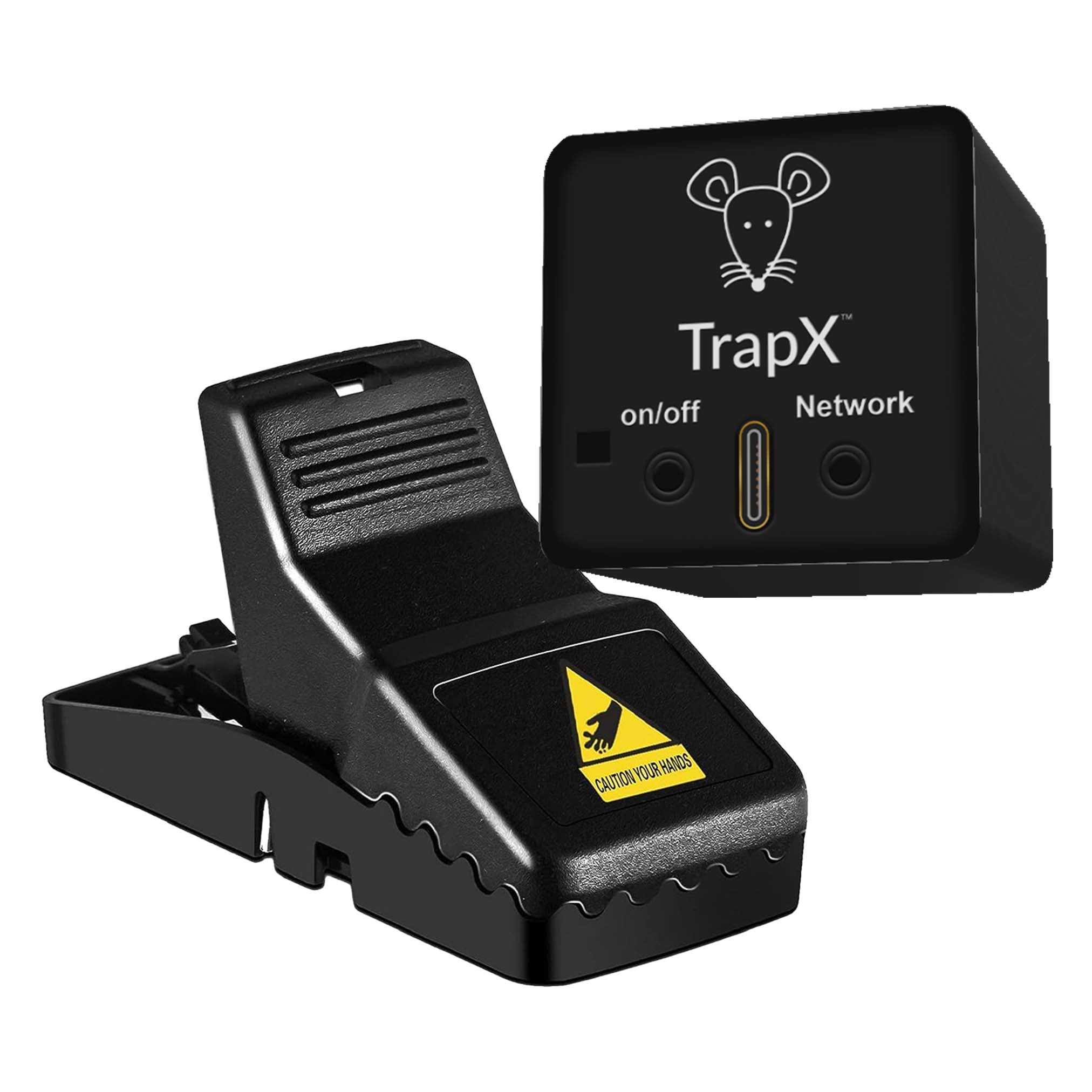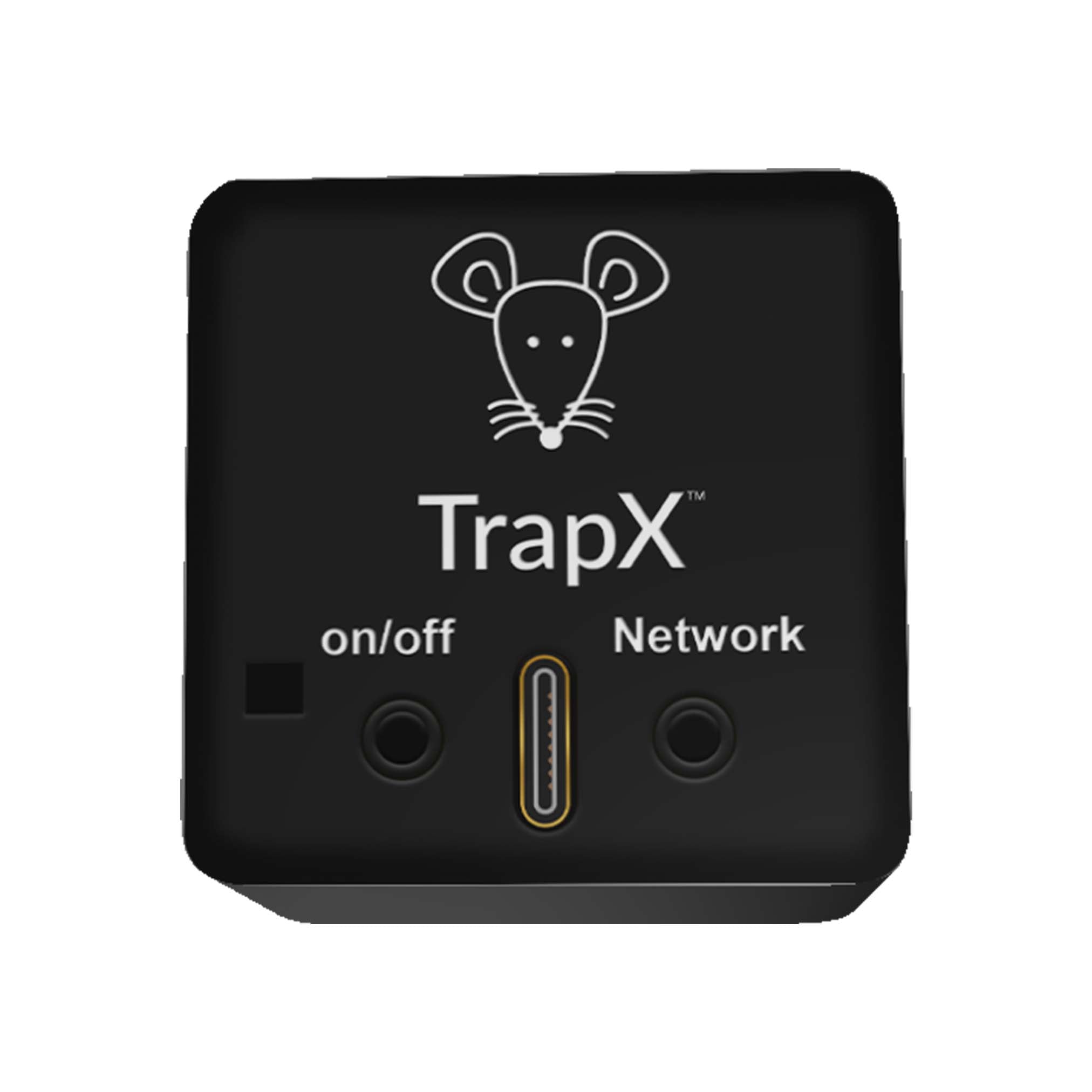The Humane Way to Deal with Mice: Have a Heart Trap Mouse
Share
When it comes to dealing with an unwanted mouse in your home, many people are searching for humane methods. Nobody likes the thought of harming animals, even if they are uninvited guests in our homes. This is where the idea of a Have a Heart Trap Mouse comes into play.
These traps are designed to catch mice without causing them any harm. It's a humane way to deal with a common problem. But there are many nuances to understand. This article aims to delve deeply into why these traps are the go-to solution for many households.

Why Choose a Humane Trap?
Many of us struggle with the idea of killing animals in our home. Even though mice can be a serious problem, they are living creatures. A humane trap allows you to capture the mouse alive so you can release it back into the wild.
Ethical Concerns
Ethically, the choice to use humane traps aligns with a more compassionate outlook. In a world increasingly concerned about animal welfare, these traps are a solution that lets us handle our problems without causing unnecessary suffering.
Environmental Impact
Traditional traps often use harmful chemicals or poisons that can negatively impact the environment. By choosing a humane trap, you do your part to avoid contributing to this issue.

How Do Humane Traps Work?
The mechanism behind a Have a Heart Trap Mouse is quite simple yet effective. The traps are designed with a door that closes once the mouse enters, usually in search of food or shelter.
Setting the Trap
Setting up the trap involves placing bait inside the trap and positioning it in an area where mice are known to frequent. Choose baits like peanut butter or cheese, which are known to attract mice.
Monitoring the Trap
Once the trap is set, it is essential to check it frequently. Doing so ensures that the caught mouse does not stay in the trap for too long, which could cause it undue stress.

The Benefits of Using Have a Heart Traps
The use of humane traps offers various advantages, making them a popular choice among homeowners.
Non-Lethal
One of the main benefits is that these traps do not kill the animal. This aligns with the values of people who seek humane solutions to pest control.
Reusability
Another advantage is that these traps are reusable. Unlike traditional traps, which often become useless after one use, humane traps are built to last.
Safe for Pets and Children
Traditional traps and poisons can be hazardous to pets and small children. Humane traps avoid this risk, as they do not use harmful chemicals or mechanisms that could cause injury.

How to Release Caught Mice
Once you've caught a mouse, the next important step is to release it back into a suitable environment.
Finding the Right Location
Ideally, you should release the mouse in a wooded area or field far from your home. This ensures that the mouse does not find its way back. You can learn more about rodent entry points to make sure your home stays rodent-free.
Precautions During Release
Wear gloves during the release process to avoid any risk of disease transmission. Also, ensure that the mouse has access to food, water, and shelter upon release.
Costs and Availability
Humane traps are widely available and can be found at most hardware stores or online retailers. They are generally affordable, making them an accessible option for most people.
Where to Buy
You can buy these traps from local hardware stores or online retailers. Make sure to read reviews and choose a trap that has good customer feedback. For a comprehensive guide on selecting humane traps, visit this guide.
Cost Considerations
While they might be slightly more expensive than traditional traps, the benefits far outweigh the costs. Plus, their reusability makes them more cost-effective in the long run.
What to Do If You Have a Serious Infestation
If you find that you have more than a few mice, it might be best to consult a professional pest control service. They can help to implement a more comprehensive solution. For more details on why mouse traps might not always be effective, check out this resource.
When to Call a Professional
If you see multiple mice or notice signs like droppings and gnaw marks in multiple areas of your home, it's time to call in the experts.
The Role of Professionals
Professional pest control services can use a combination of humane traps and sealing entry points to ensure the mice problem is taken care of effectively. Learn more about humane rodent control for a safer home environment.
FAQs
How often should I check the humane trap?
You should check the trap at least once a day to ensure that any caught mice are relocated promptly.
What kind of bait works best for humane traps?
Peanut butter, cheese, and fruits are most effective in attracting mice.
Are humane traps safe for children and pets?
Yes, humane traps are generally safe for children and pets as they do not use harmful chemicals.
Where should I release a trapped mouse?
Release the mouse in a wooded area or open field far from your home to prevent it from returning.
Can humane traps be reused?
Yes, humane traps are designed to be reused multiple times, making them cost-effective.
Is professional help necessary for a serious infestation?
If you have a serious infestation, it's best to call a professional pest control service for a comprehensive solution. For more tips on pest control strategies, read this article.
Conclusion
In conclusion, using a Have a Heart Trap Mouse offers a conscientious, safe, and effective way to deal with mice. By choosing humane methods, you align with ethical standards and help to preserve the environment. Take the first step today towards a humane approach to pest management!
As an Amazon Associate, I earn from qualifying purchases.
